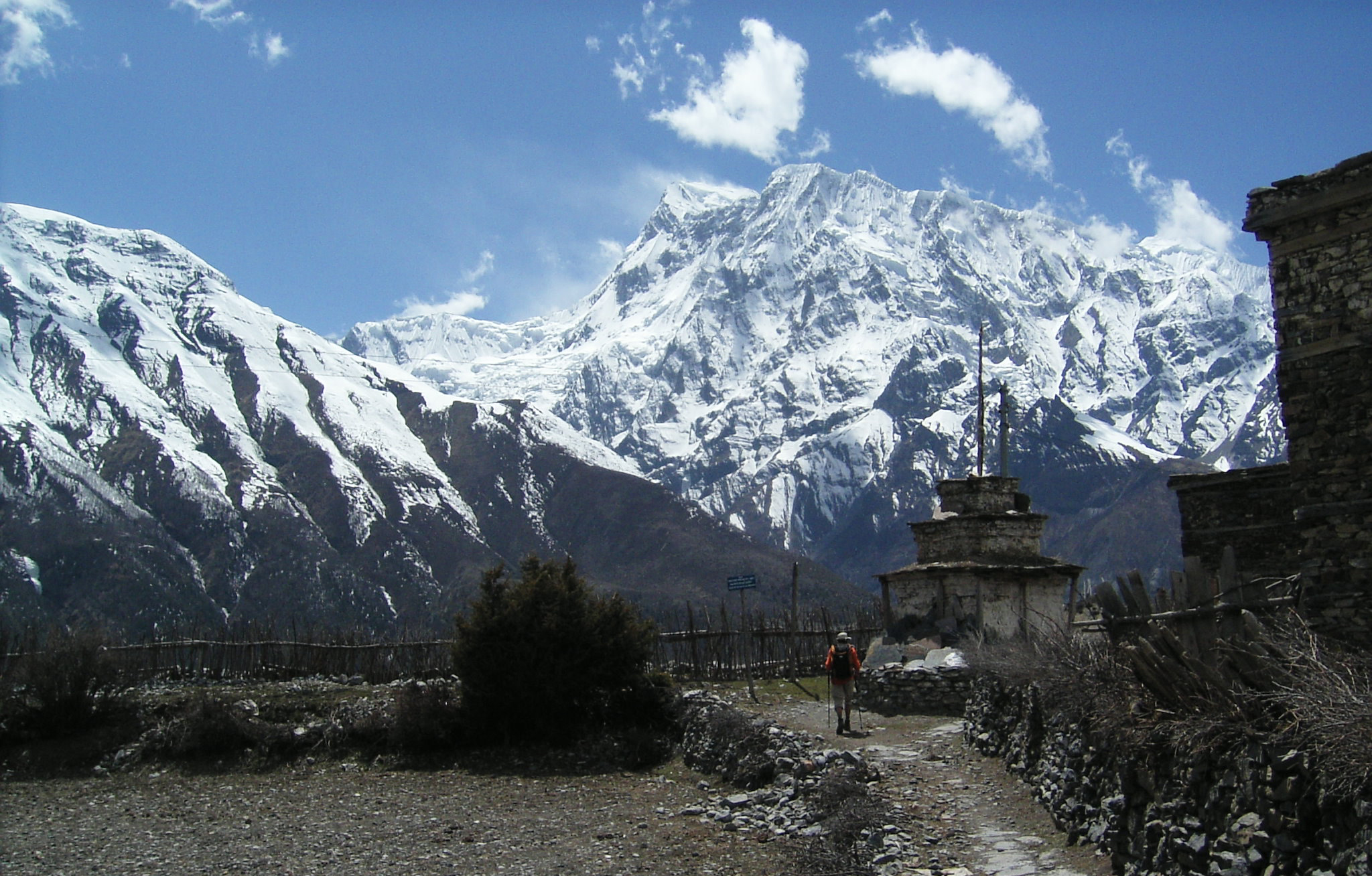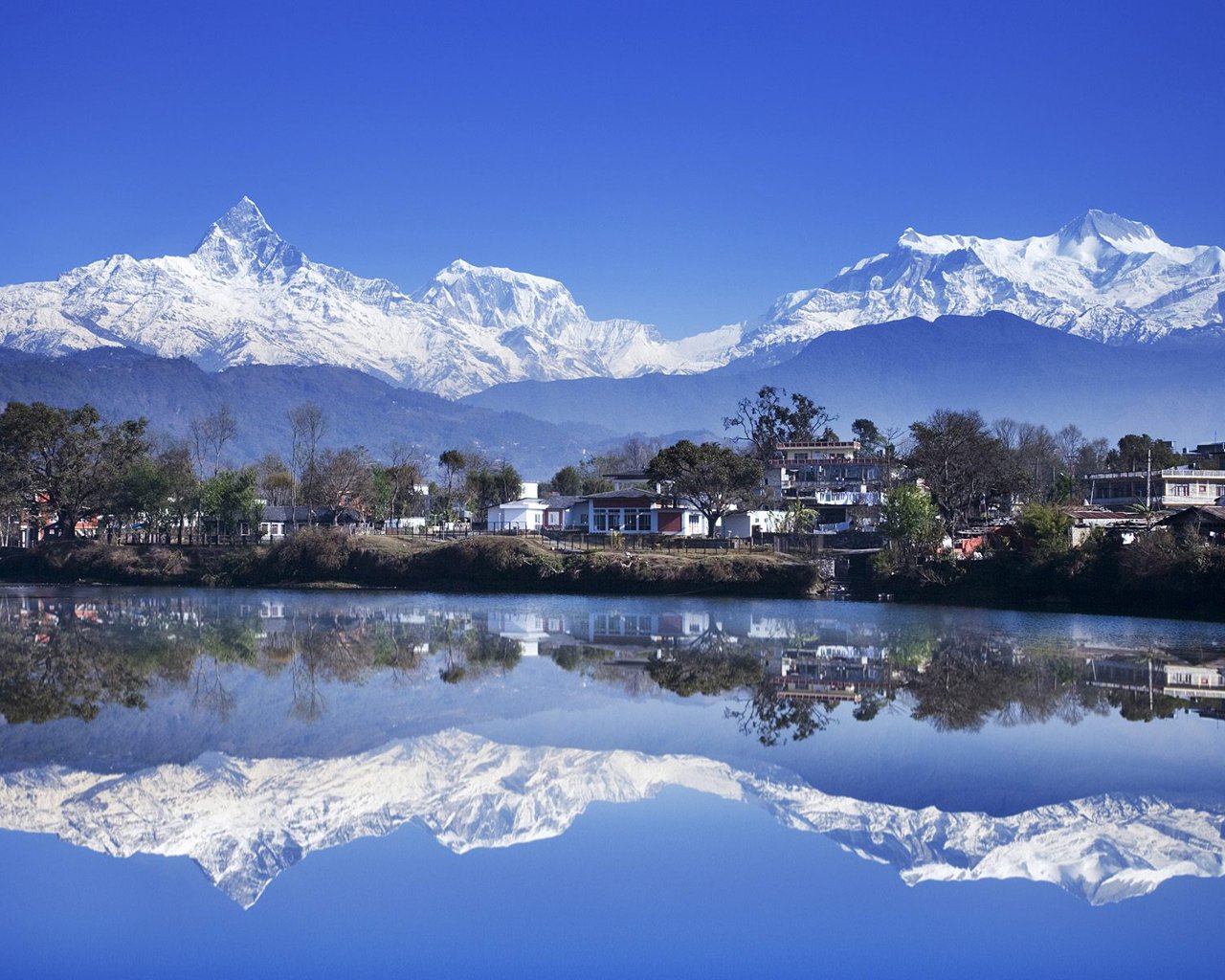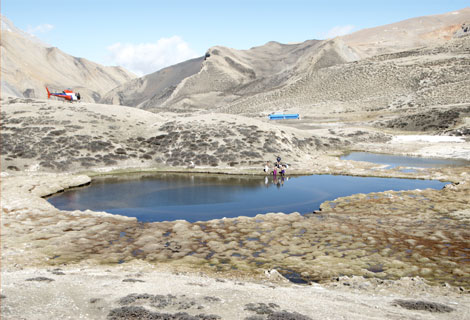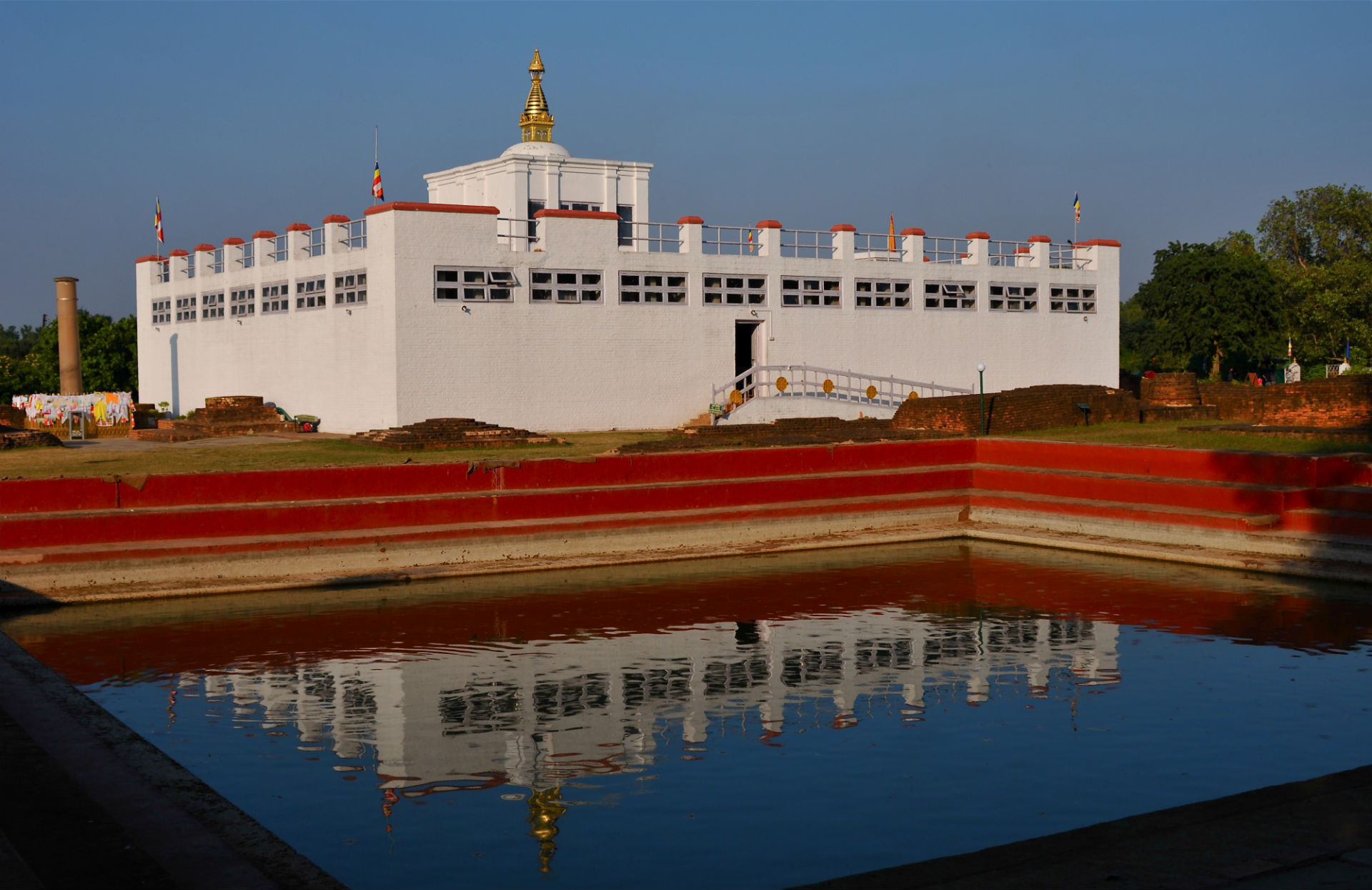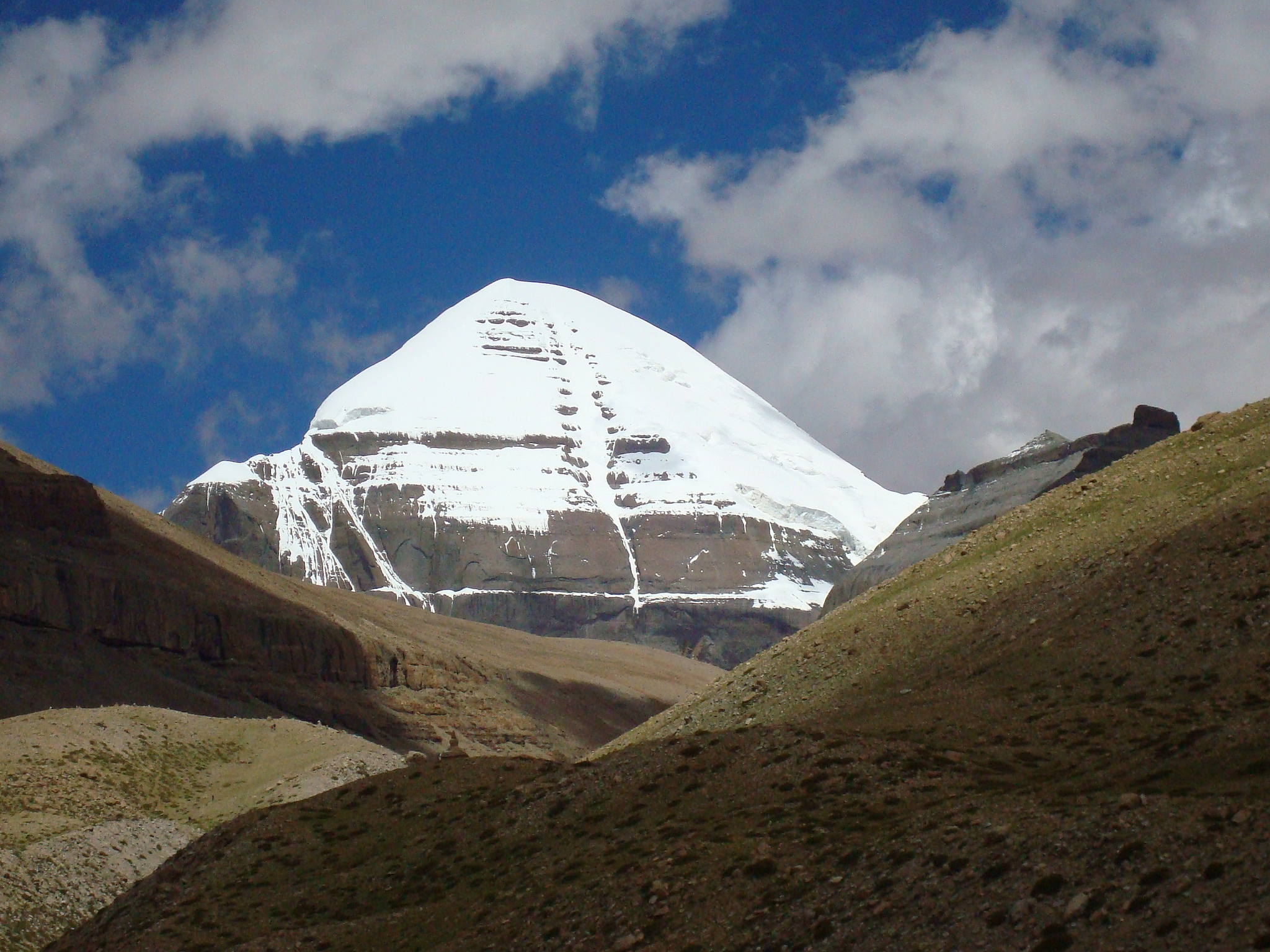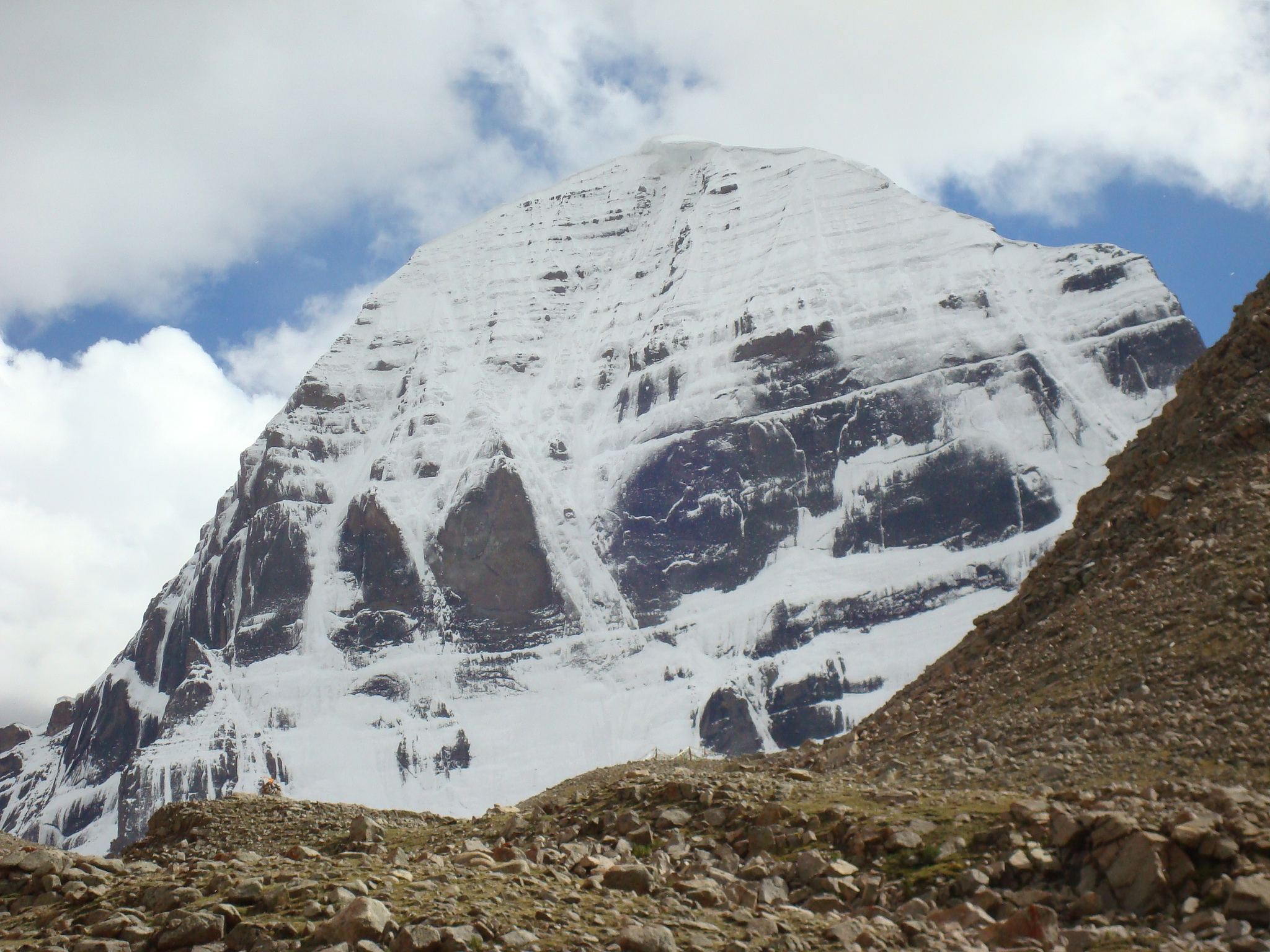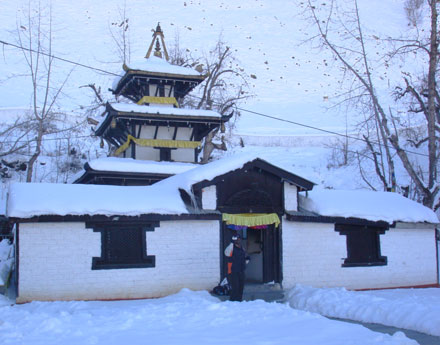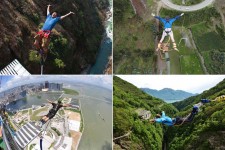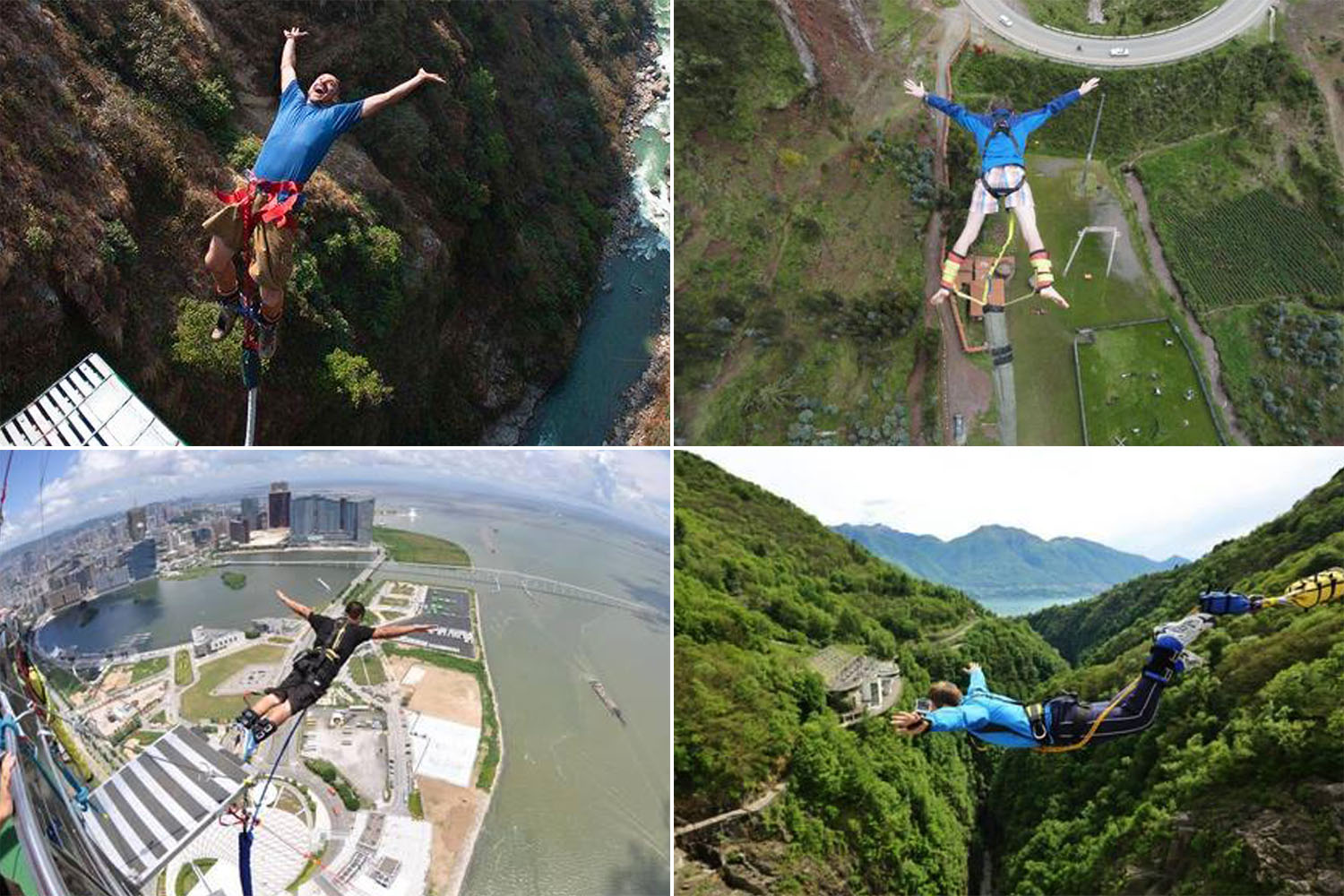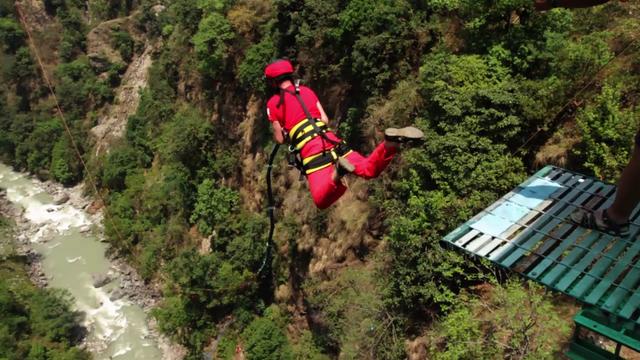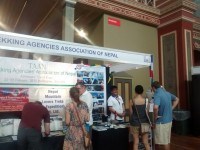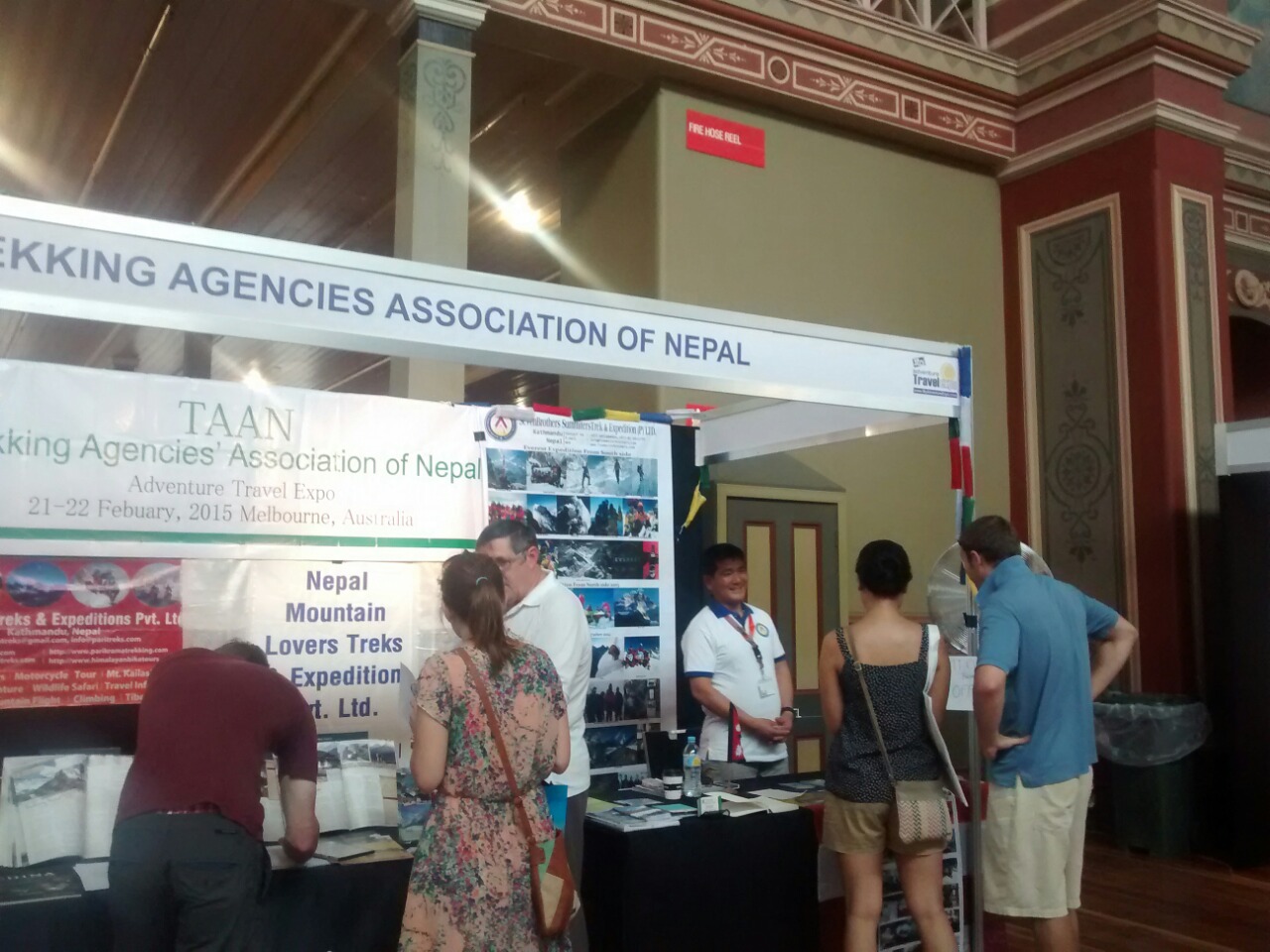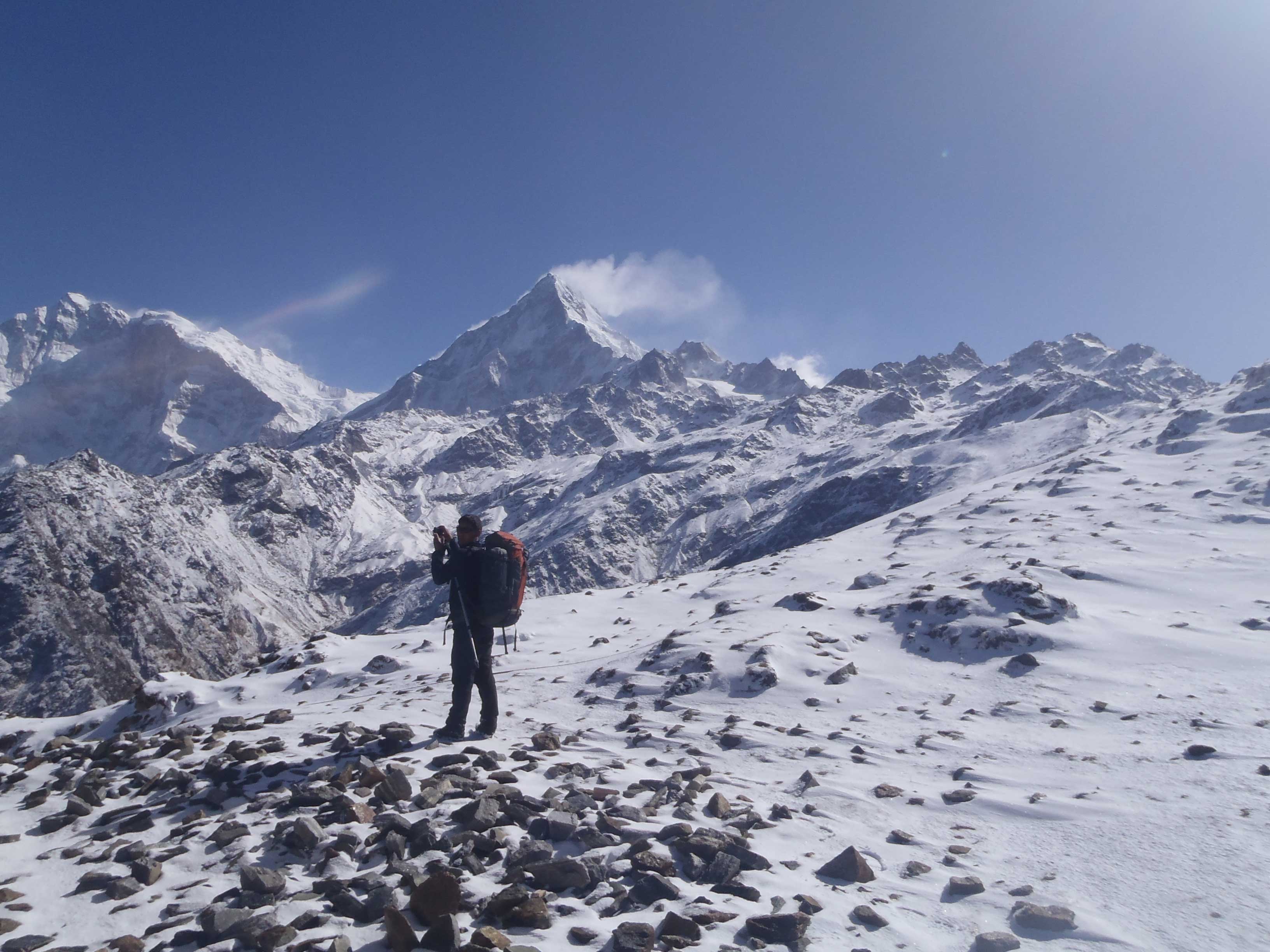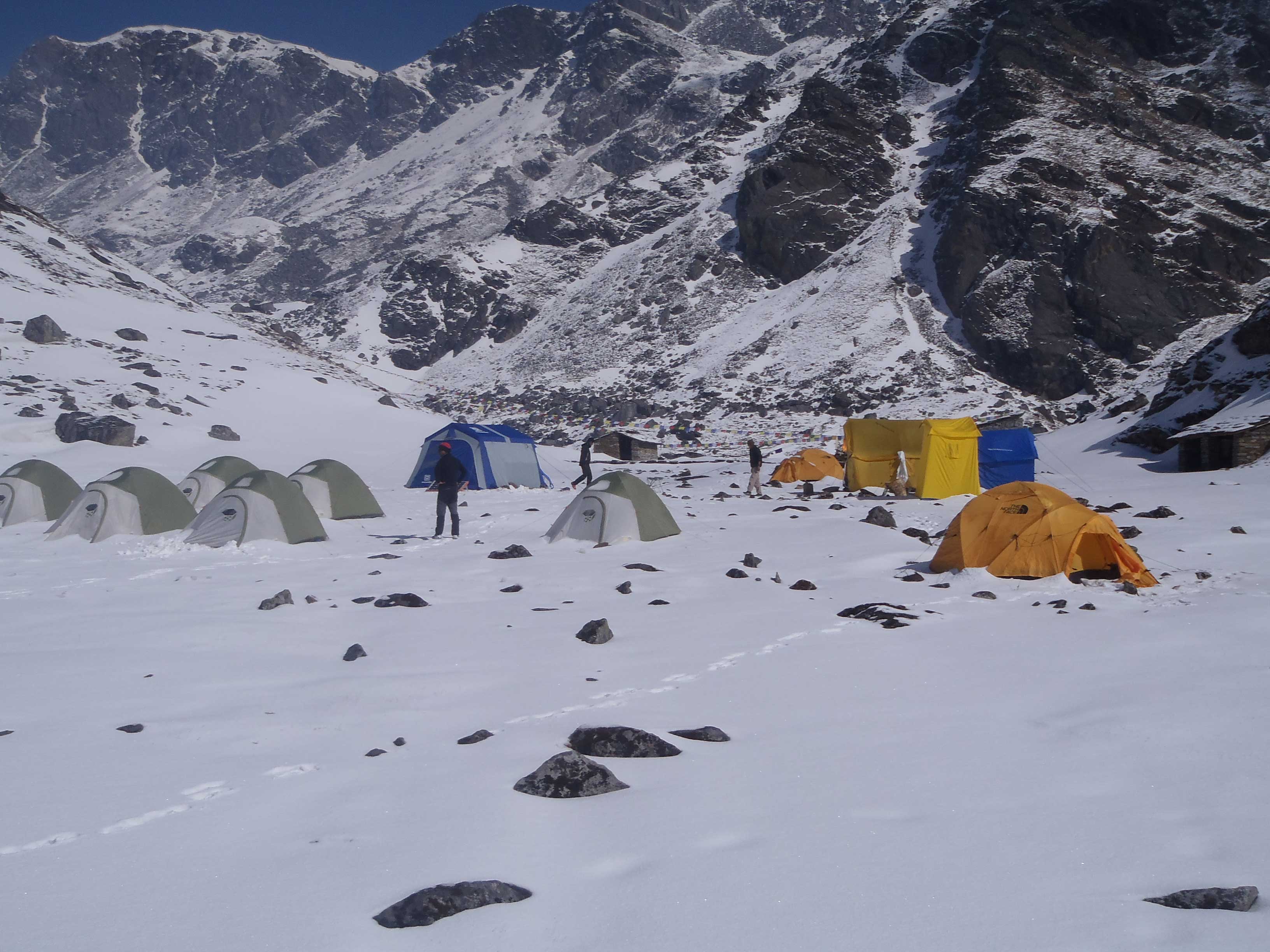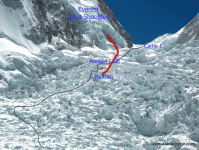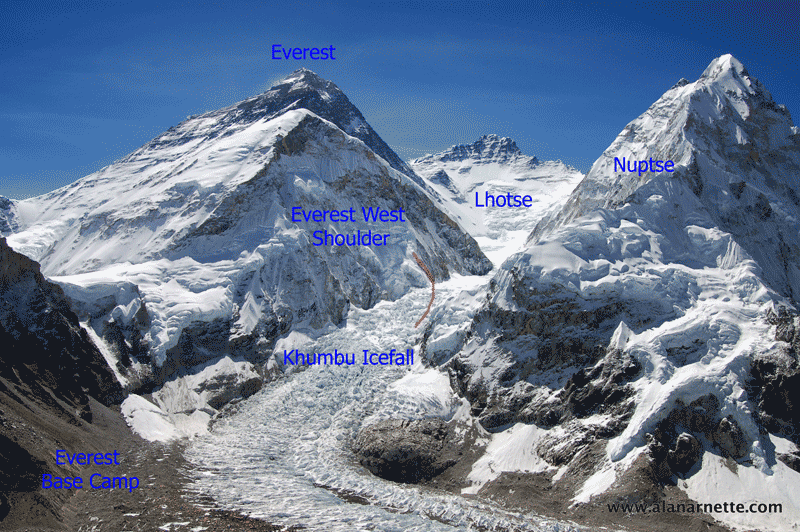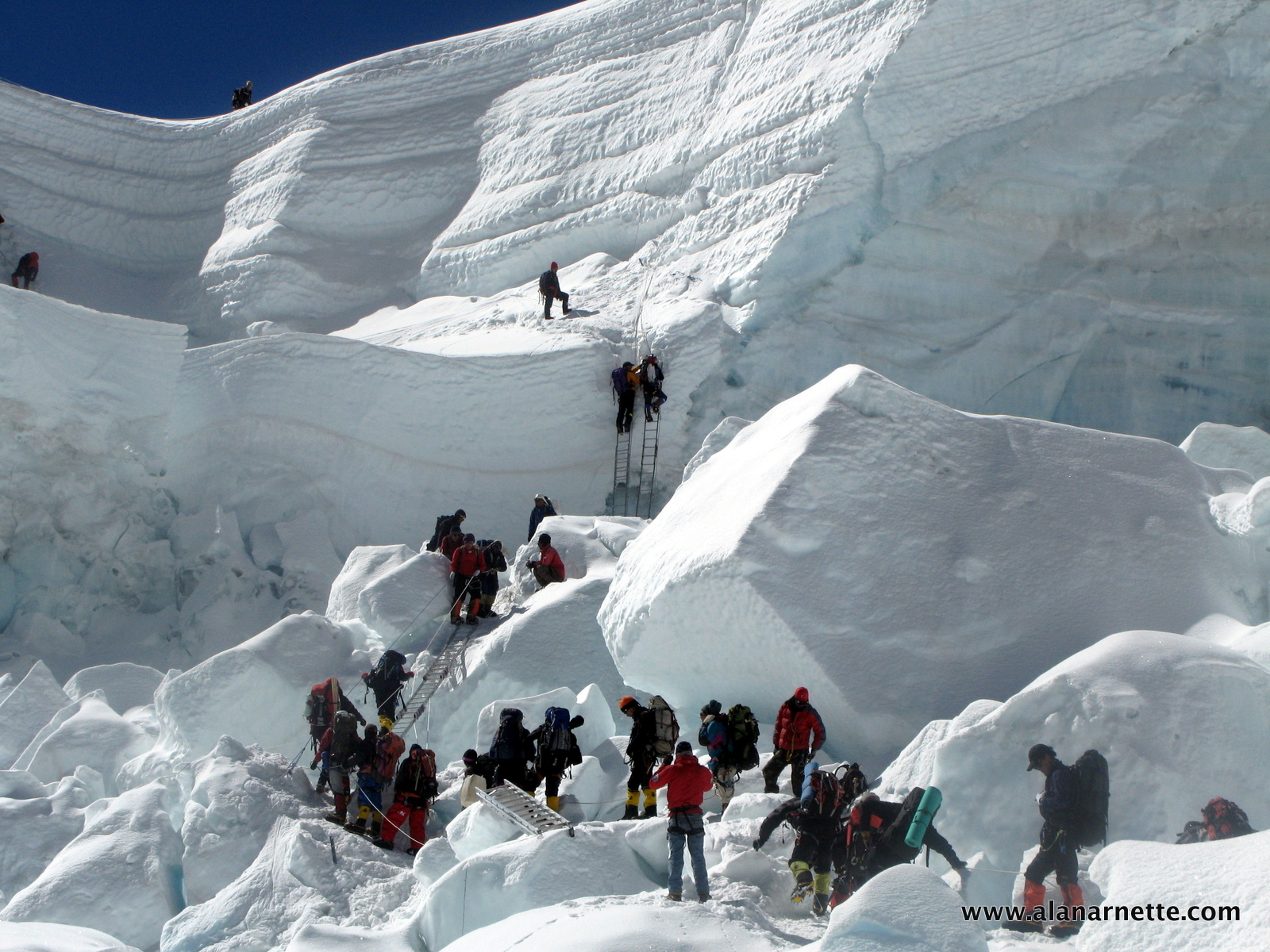Nepal, a tiny country located north of India, has long been popular with tourists looking to trek in the Himalayan peaks. Popular locations in Nepal, including the city of Kathmandu, the Khumbu Valley, and Pokhara, have a well-developed tourist infrastructure, and tourists will find it easy to locate transportation, accommodations, tours and food. Whether you are traveling on or off the beaten path, you will find the Nepali people to be warm and more than willing to welcome you into their culture and country.
Trekking
One of the most common reasons tourists’ visit Nepal is to trek among the most famous mountains in the world. The Himalaya Mountains run the length of the country, offering unparalleled hiking and climbing opportunities. The two most popular treks in Nepal are the Everest Base Camp trek and the Annapurna trek. The Everest trek, which takes you to the base camp on the Khumbu Glacier, usually starts with a short flight from Kathmandu to Lukla. Annapurna treks begin in Pokhara. You can trek with a tour group or on your own; guides and porters can be arranged in Kathmandu and Pokhara. Budget travelers will save an enormous amount of money by trekking on their own. Lonely Planet’s “Trekking the Nepal Himalaya” is an excellent guide, and trails are well marked.
Transportation
Travelers in Nepal generally get around the country by bus or flight. Buses serve almost every location in the country, and generally come in a variety of classes. The tourist class buses are the most comfortable, and often include an on-board restroom. Second-class buses are less modern, but are perfectly adequate for medium-distance journeys, such as the one from Pokhara to Kathmandu. To book a bus, simply visit one of the tour offices that populate most cities or inquire at your hotel; most will be able to arrange tickets for you. For travelers with less time, Nepal has several domestic airlines: Buddha Air, Cosmic Air and Yeti Airlines.
Visas
Citizens of most western countries can obtain a single-entry tourist visa on arrival. You will be required to pay $30 (as of May 2010) and to provide a passport photo for the visa. If you are flying into Kathmandu, a photographer will take the photo for a small fee. Be sure to have cash on hand for the visa and photo; there is a currency exchange before visa processing, but no ATM. Visas are generally given for a 60-day stay and can be extended by visiting the Immigration Department in Kathmandu or Pokhara for a $50 30-day extension.
Airport Taxes
Nepal has exit taxes for all flights, whether you are flying domestically or internationally. For travelers leaving Kathmandu on an international flight, the tax is “Rs. 900 (about $13 in May 2010) if going to SAARC countries (Bangladesh, Bhutan, India, Maldives, Pakistan and Sri Lanka) and Rs. 1,100 (about $16) to all other international destinations,” according to the Visit Nepal website. Taxes on domestic flights are Rs.165 ($2.36).
Culture
The Nepali population and culture have been influenced largely by India to the south and Tibet to the north. According to Nepal.com, there are 35 different ethnic groups who are mostly Hindu or Buddhist. The website advises that visitors handle items and eat with their right hand, as the Nepalese “use their left hand to wash themselves after being to the toilet.” When traveling in Nepal, dress modestly to show respect, and refrain from public displays of affection. Regardless of the region in which you travel, says Lonely Planet, “many visitors, drawn to Nepal by the promise of adventure, leave equally enchanted by the friendliness and openness of the Nepali people.”
Source: USA Today





